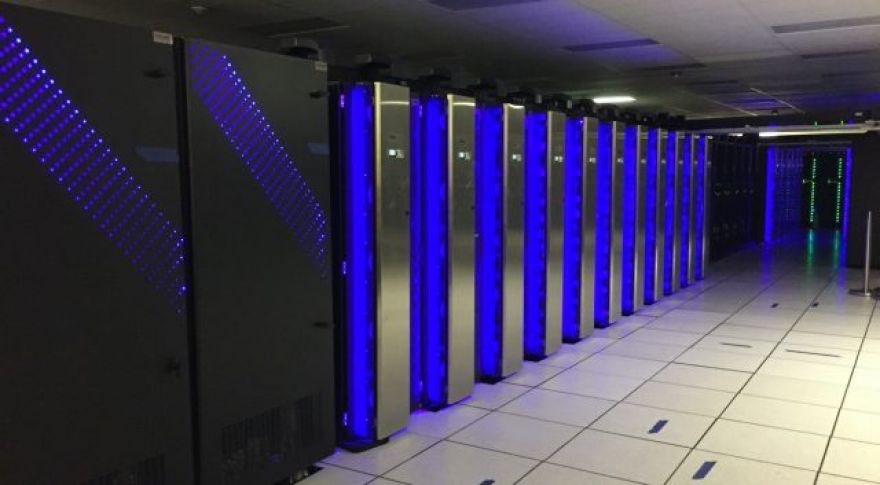
NOAA Unveils Massive Boost in Supercomputing Power
The National Oceanic and Atmospheric Administration (NOAA) has announced the United States will triple its operational weather and climate supercomputing capacity, and double its storage and interconnect speed, thanks to the installation of a pair of new Cray systems in Manassas, Virginia and Phoenix, Arizona in the next two years. The goal is to boost weather and climate forecast with more detailed, higher-resolution Earth models that will employ larger ensembles, advanced physics, and improved data assimilation, the NOAA said in a .
Each new Cray machine will have a 12-petaflop capacity, meaning it can do 12 quadrillion floating-point operations per second (FLOPS).
The two new systems will replace four existing ones: two Cray XC40 dubbed Luna and Surge, and two Dell clusters named Mars and Venus (pictured, top). The XC40s, installed in 2015, include Aries interconnect and 2,048 nodes, with each node containing a pair of Haswell Xeon E5-2690v3 processors, for a total of 48,960 cores and 2.0 petaflops per XC40. The Mars and Venus Dell clusters were built on 1,212 nodes, each with a pair of Broadwell Xeon E5 v4 processors, for a total of 33,936 cores and 2.8 petaflops per machine. Those were , although TOP500 doesn’t seem to have the latter two in its of the 500 fastest supercomputers in the world despite their 2.8-petaflop ranking.
IBM’s Summit, currently the fastest supercomputer in the world and in use at the Department of Energy.
The new machines will complement and help implement advancements made under NOAA’s new Earth Prediction Innovation Center (EPIC). NOAA awarded an eight-year support contract to CSRA LLC, a General Dynamics Information Technology company.
Last year, Intel and the Department of Energy (DOE) announced plans to deploy Aurora, the first supercomputer with a sustained performance of one exaflop (1,000 petaflops), by 2021. Barring any other new announcements, that would cement the US’s number one position in the TOP500 list, currently occupied by the DOE’s Summit, an IBM Power System AC922 with 2.4 million cores, IBM POWER9 and Nvidia Volta GV100 GPUs, and a peak performance of just over 200 petaflops. The US recently , when it unseated China’s 10-million core Sunway TaihuLight that achieves 125 petaflops.
Now read: